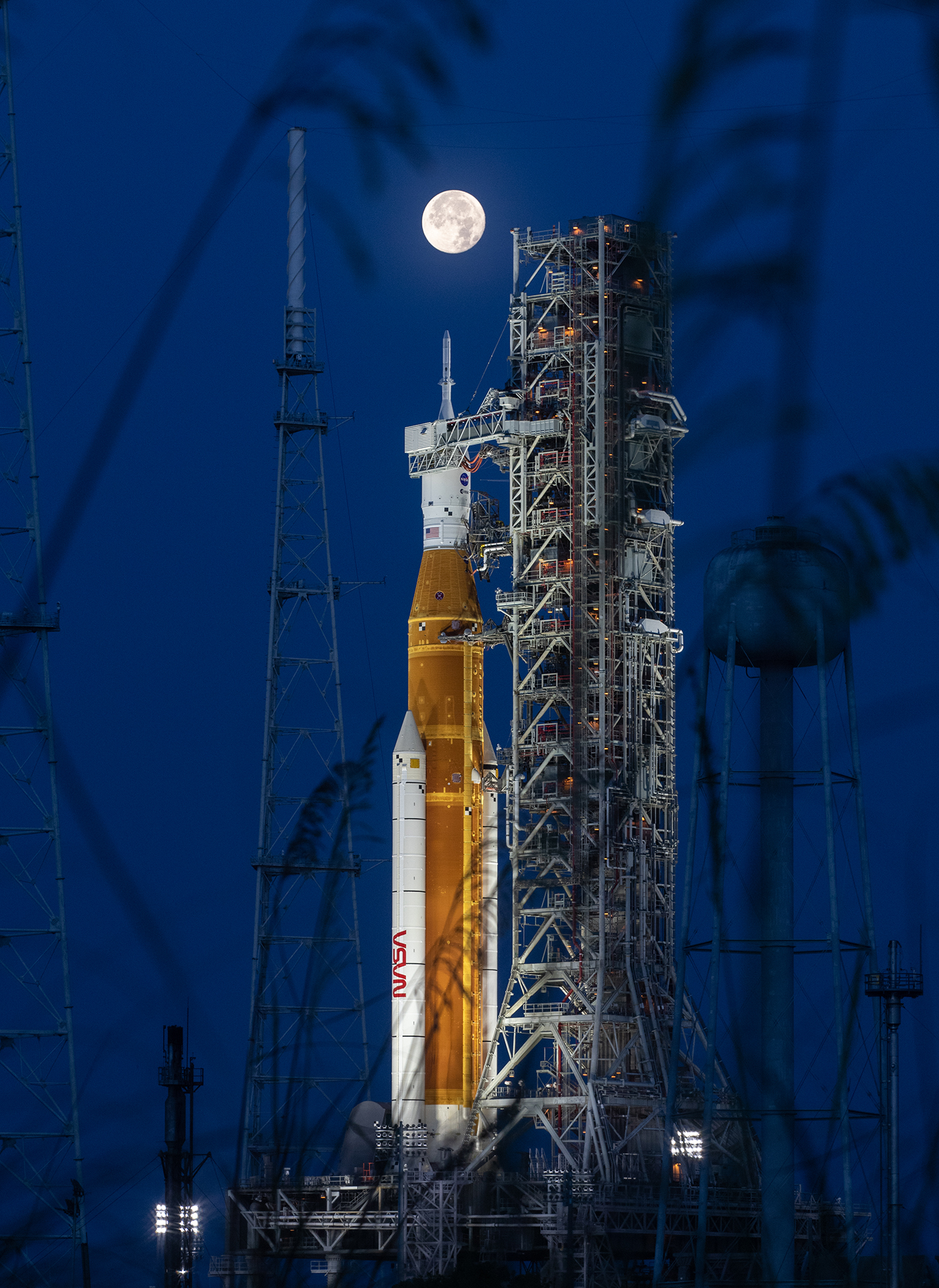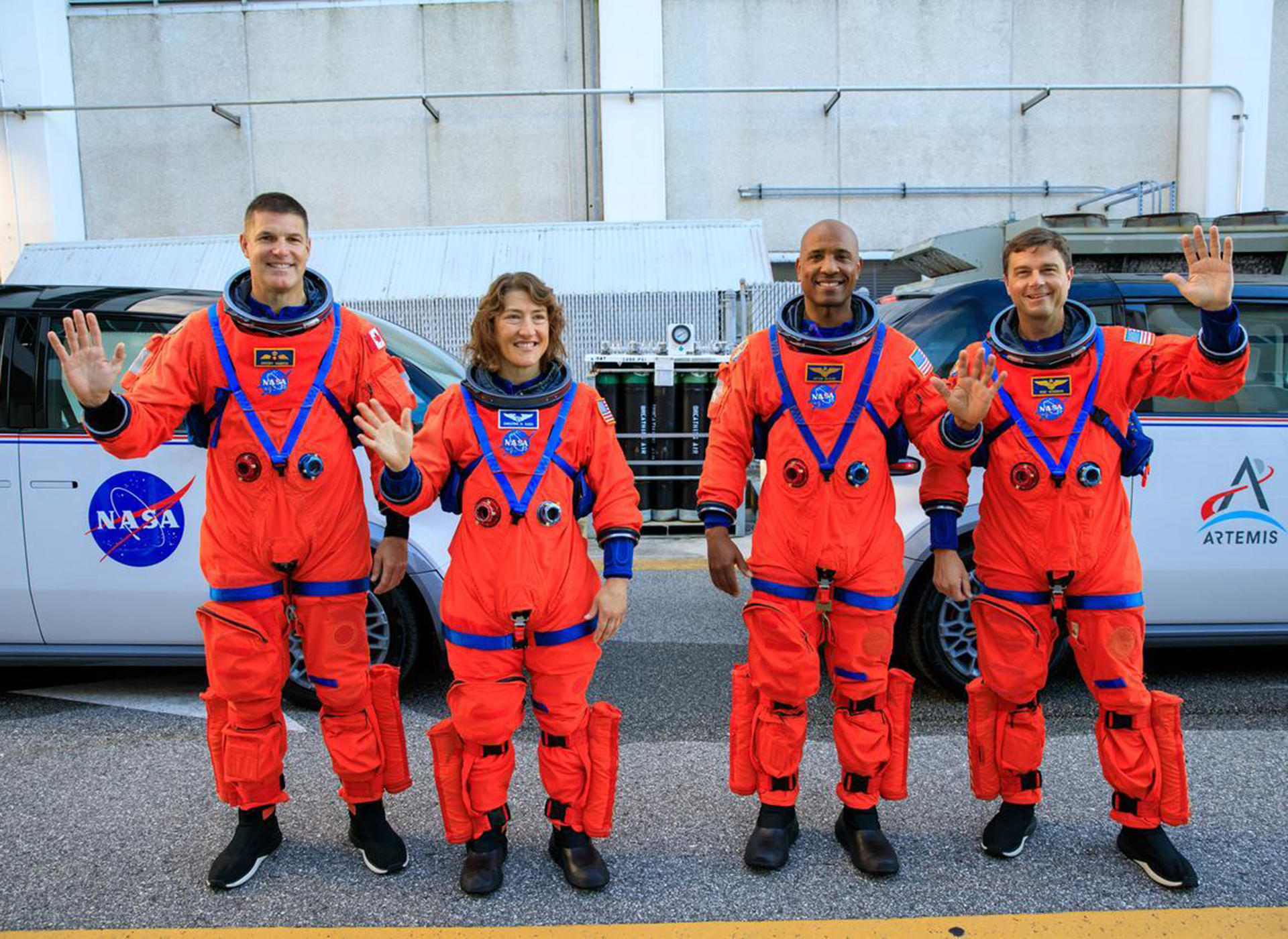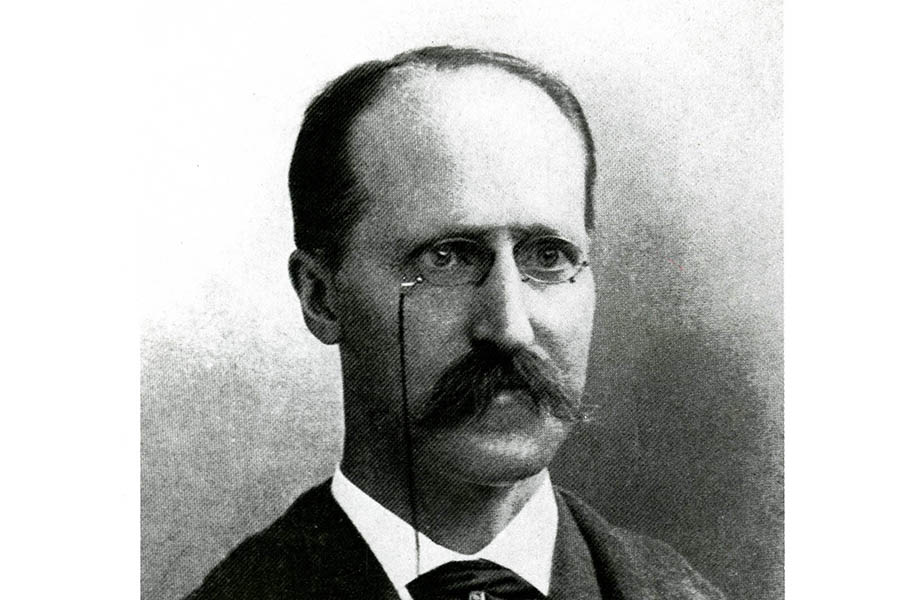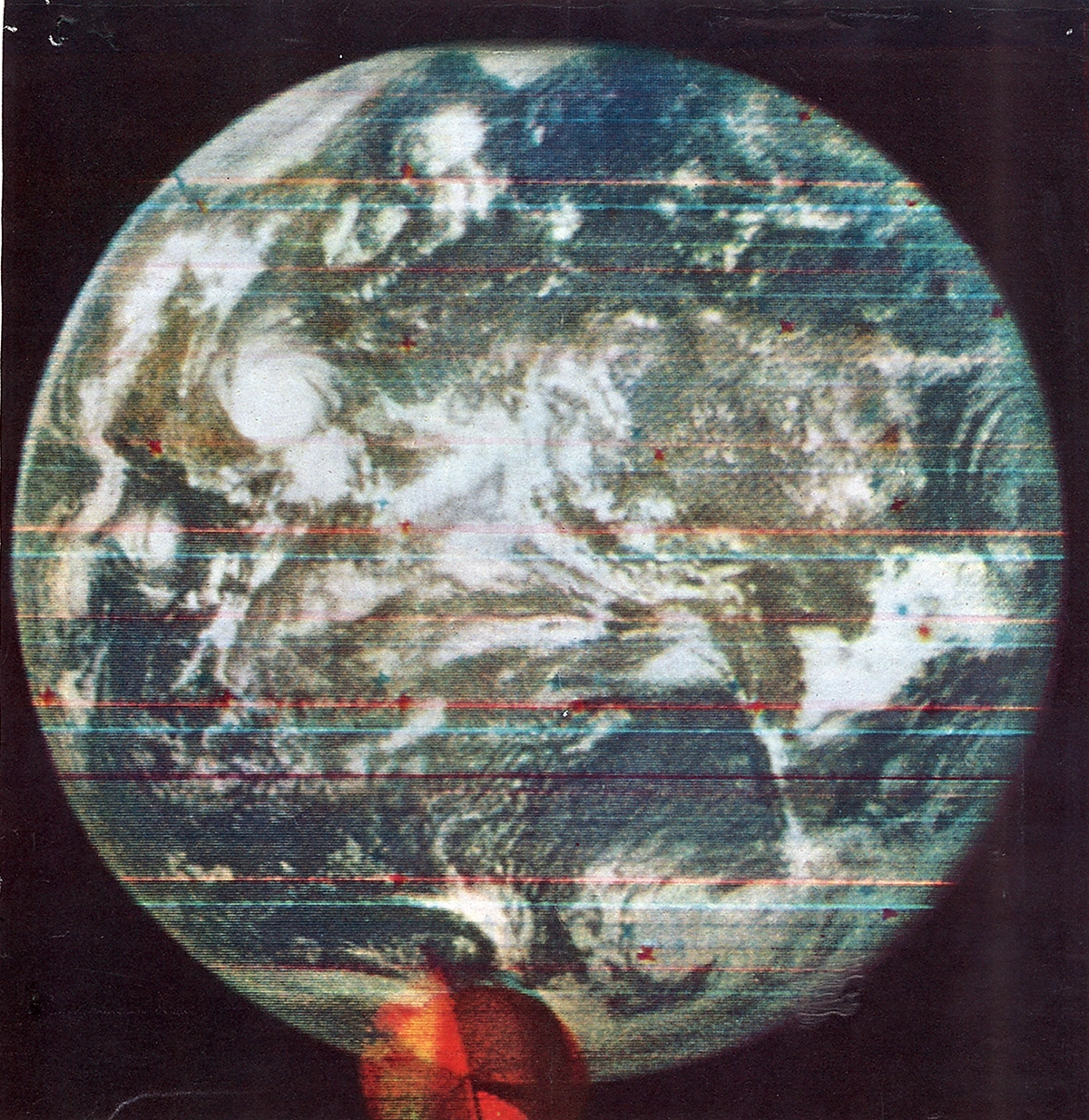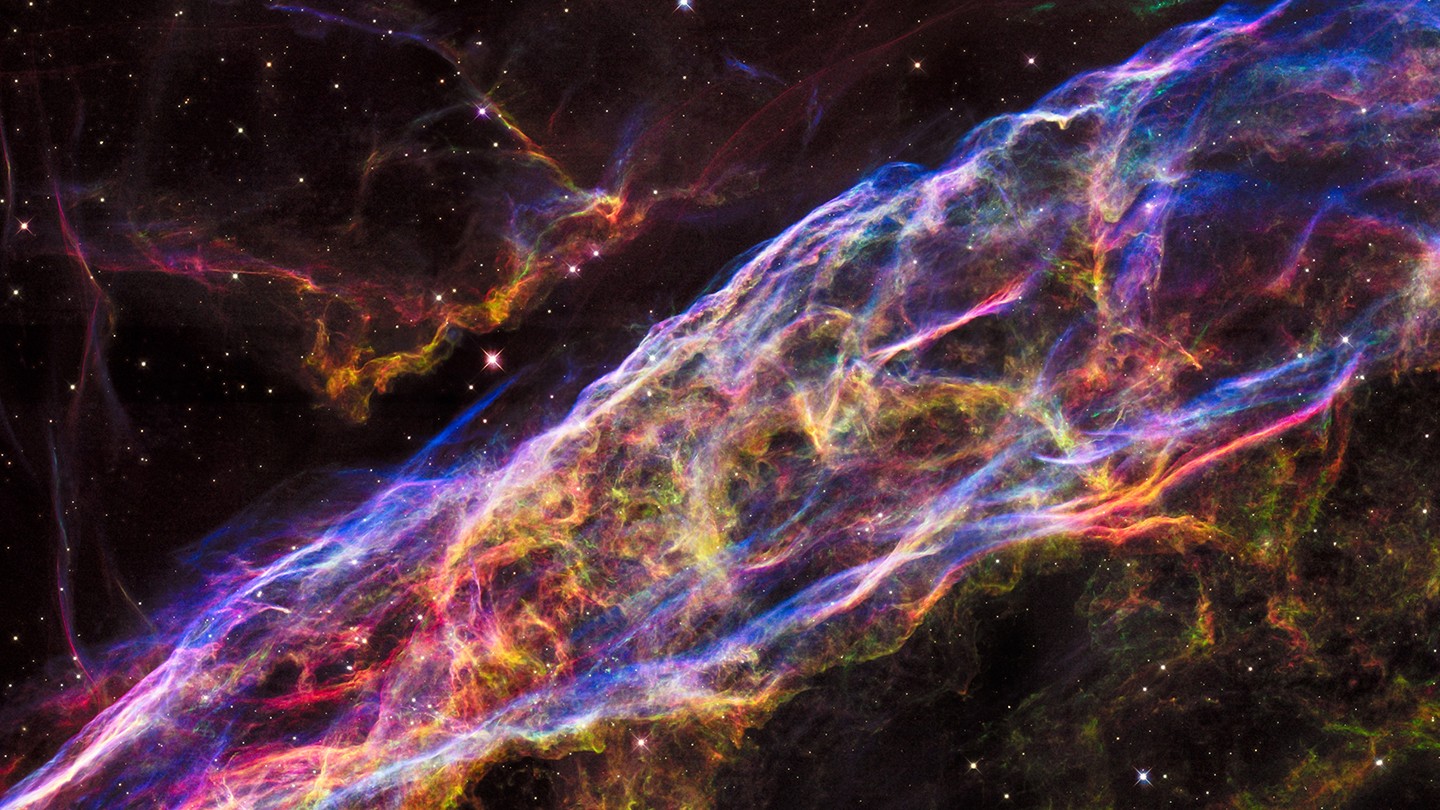Out of This World
Research from Johns Hopkins—including the Applied Physics Laboratory and the Department of Physics and Astronomy—has produced critical discoveries that have helped build and operate satellites and discover new galaxies.APL produces the first images of Earth seen from space.
"The photos show, for the first time, how our Earth would look to visitors from another planet coming in on a spaceship."- APL engineer and camera developer Clyde Holliday Learn More
APL physicist Ralph Alpher proposes the big bang theory.
Hypothesis remains the prevailing explanation for the origins of the universe
Learn MoreAPL physicists develop the first method of tracking satellites, leading to the invention of the global positioning system, or GPS.
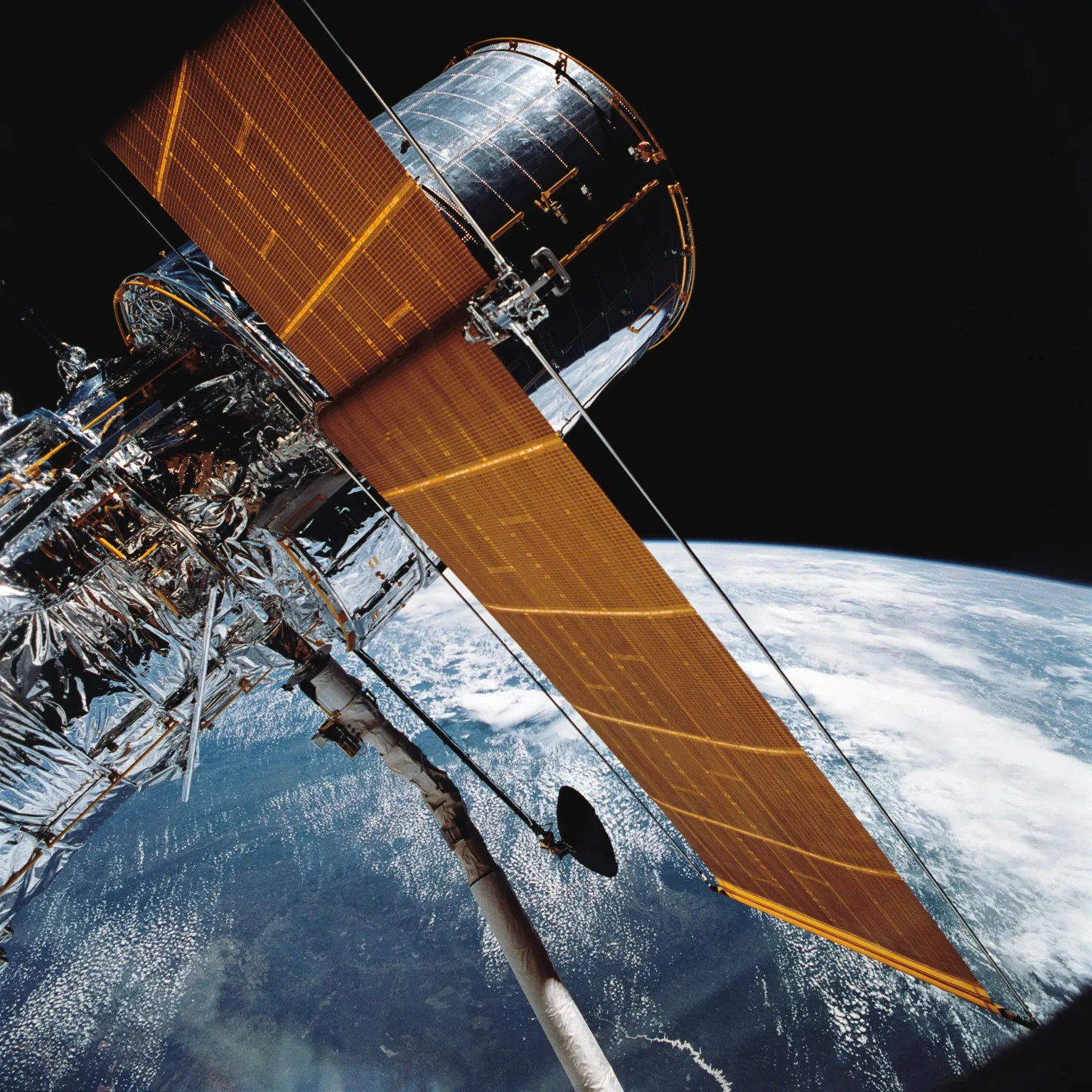
The crew of the space shuttle Discovery launches and deploys the Hubble Space Telescope.
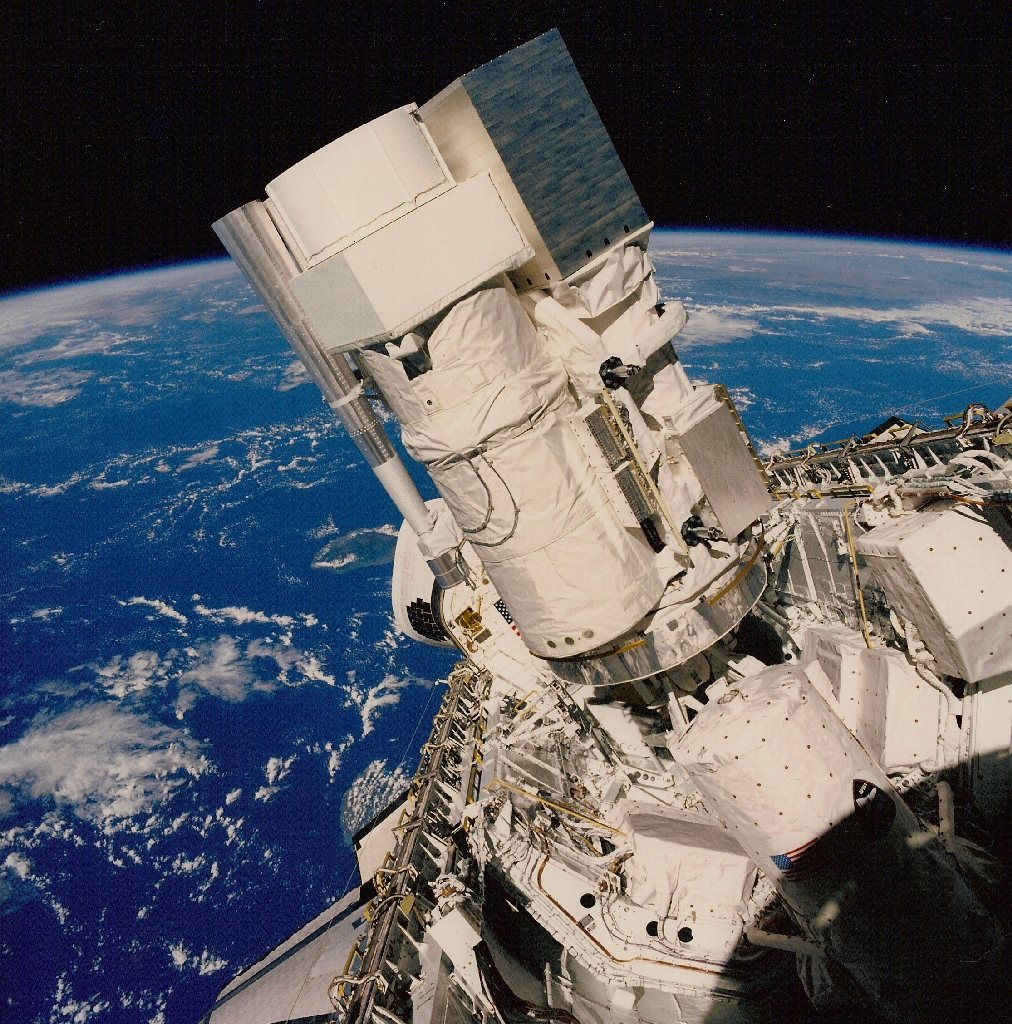
Hopkins Ultraviolet Telescope obtains clues about the origin and development of the universe.
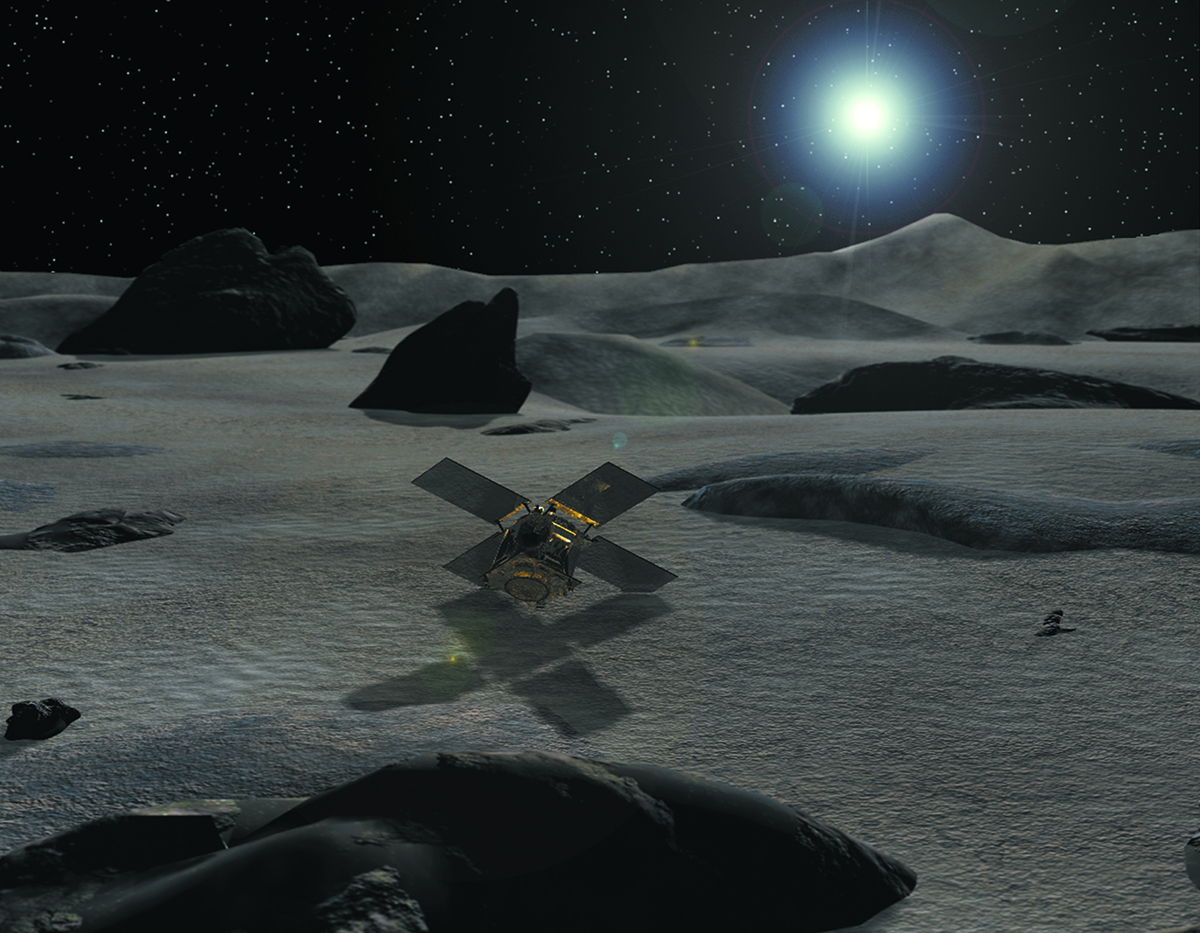
APL’s Near Earth Asteroid Rendezvous project lands the first spacecraft on an asteroid.
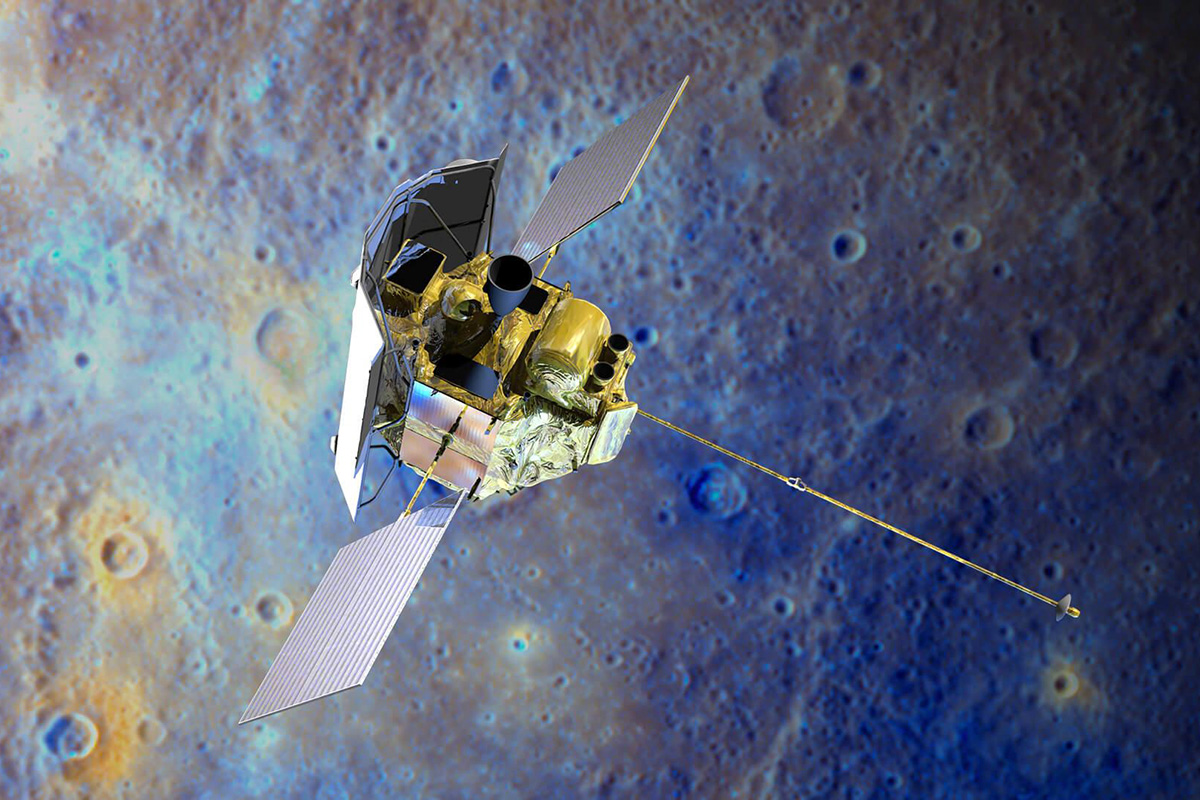
APL’s Messenger spacecraft launches on its quest to become the first spacecraft to orbit Mercury.

JHU astrophysicist Adam Riess wins the Nobel Prize in physics for his leading role in dark energy research.
JHU bioethicist Jeffrey Kahn leads a committee that issues ethical guidelines for long duration spaceflight in a report commissioned by NASA.
"Astronauts put their lives and health at great risk for their country and humankind. Our report builds on NASA's work and confirms the ethical imperative to protect astronauts' health while fulfilling the agency's mission of exploration."- Jeffrey Kahn, Director of the JHU Berman Institute of Bioethics Learn More
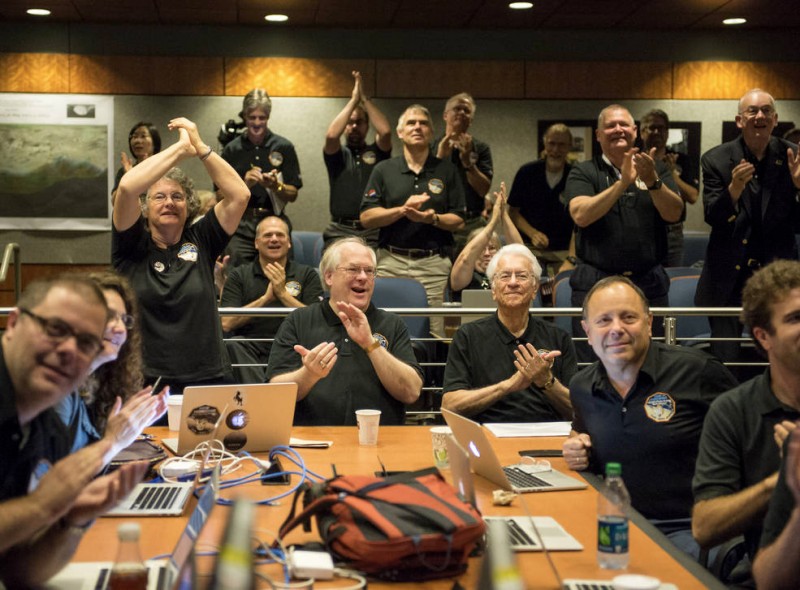
APL designs, builds, and operates the New Horizons spacecraft, which completes a flyby of Pluto, providing images from the outer reaches of the solar system.
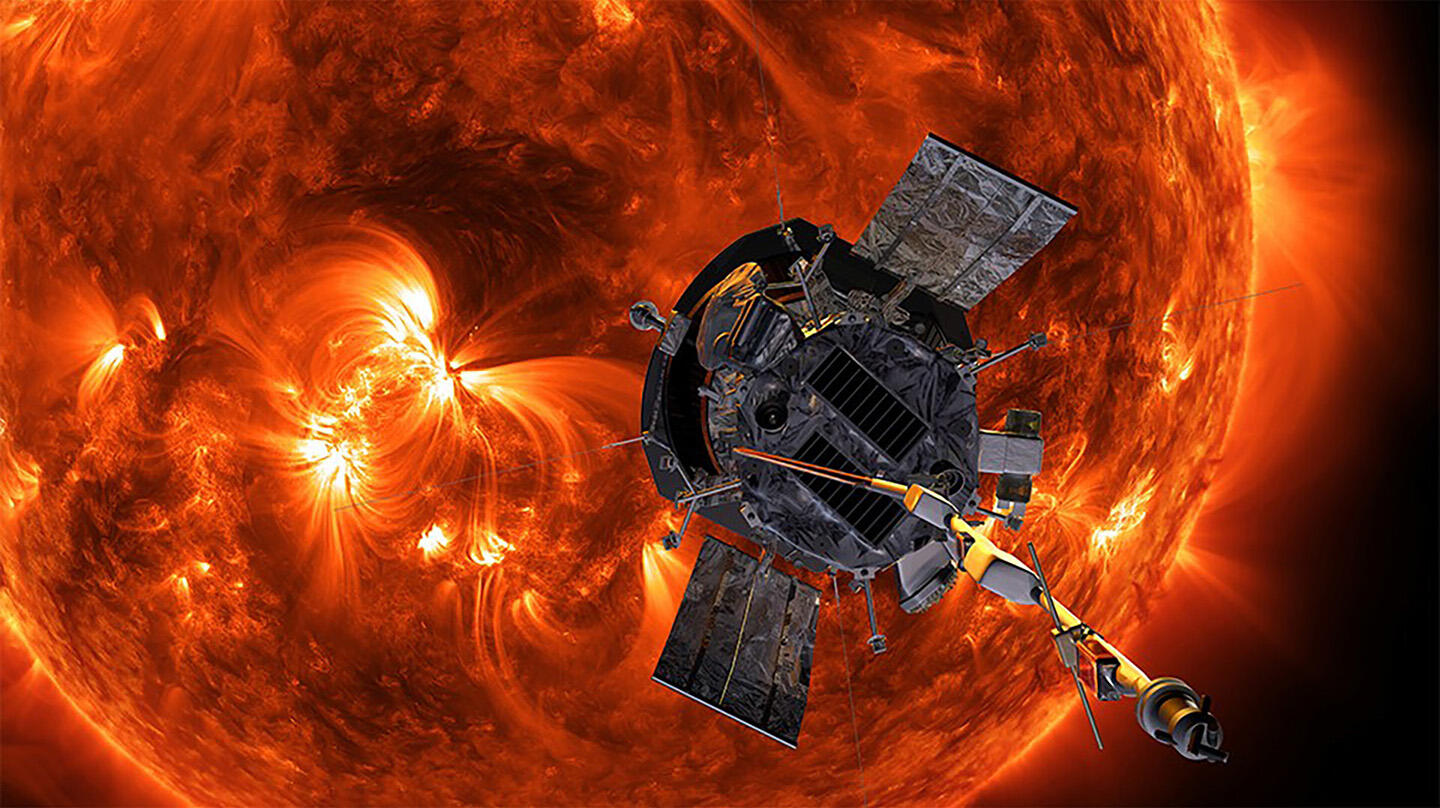
APL launches the Parker Solar Probe, a NASA spacecraft that provides humanity’s closest encounter with the sun.
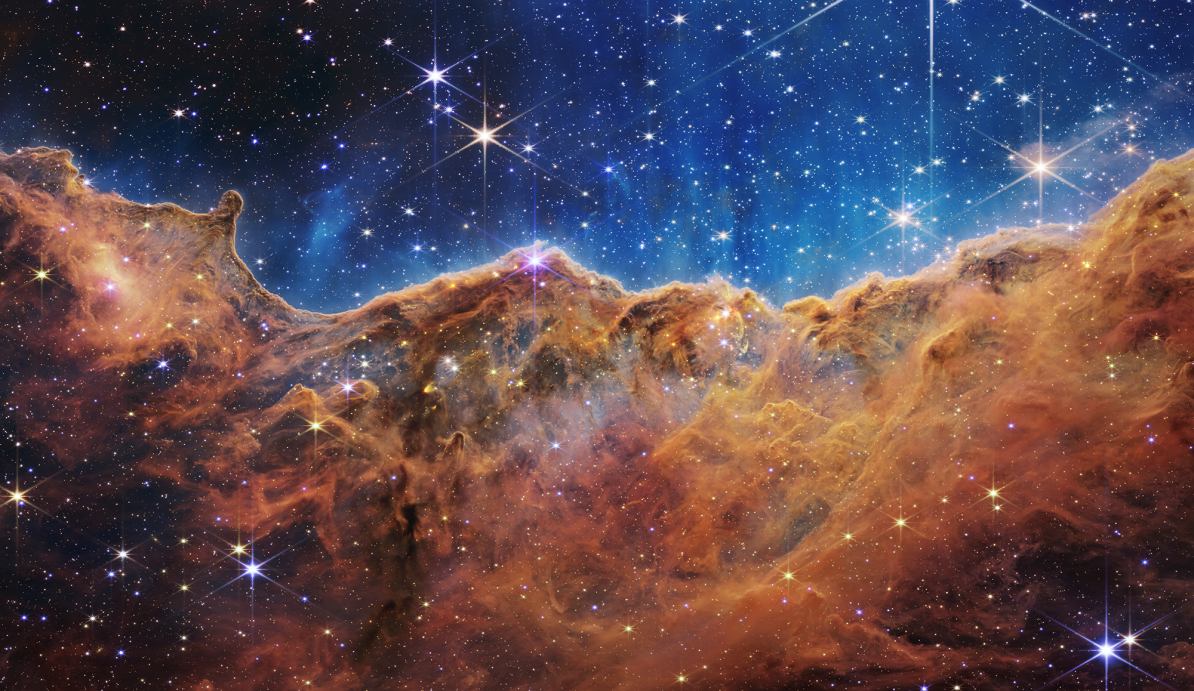
The James Webb Space Telescope launches, 20 years after the Space Telescope Science Institute is selected to oversee its science and mission operations.
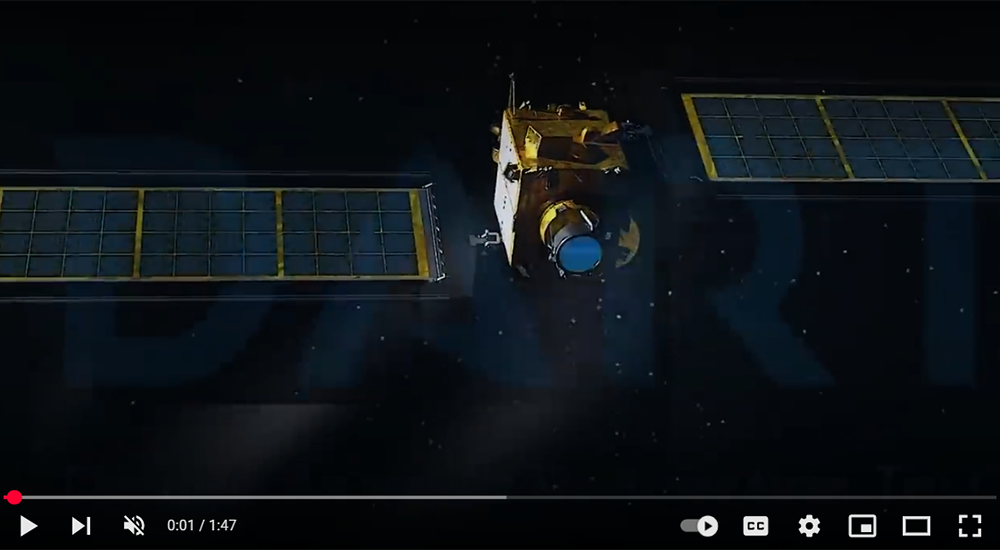
APL builds and operates NASA’s DART spacecraft, which successfully alters an asteroid’s orbit.
JHU’s Applied Physics Laboratory prepares to launch IMAP, a spacecraft that aims to understand the outer edges of our solar system.
"We'll get an unprecedented look at the charged and uncharged particles of different energies streaming from the sun near Earth and far, far away, at the outer edges of the heliosphere."- Matina Gkioulidou, space physicist at the Johns Hopkins Applied Physics Laboratory Learn More
Looking Forward
In 2027, with the help of Johns Hopkins Applied Physics Laboratory, NASA’s Artemis III mission will return humans to the moon for the first time in 50 years. They will build a lunar science and industrial basecamp on the far side of the moon, later using the basecamp as a launchpad for exploring Mars—and establishing human colonies beyond Earth in our solar system.
And, estimated to launch in 2028, the Dragonfly robotic rotorcraft will explore the surface and subsurface of Titan, the largest moon orbiting the planet Saturn. APL will build and operate the vehicle which is equipped with cameras, sensors, and samplers to investigate the complex chemistry which is the precursor to life. It will examine areas of Titan known to contain organic materials that may have previously mixed with liquid water now frozen on the icy surface.
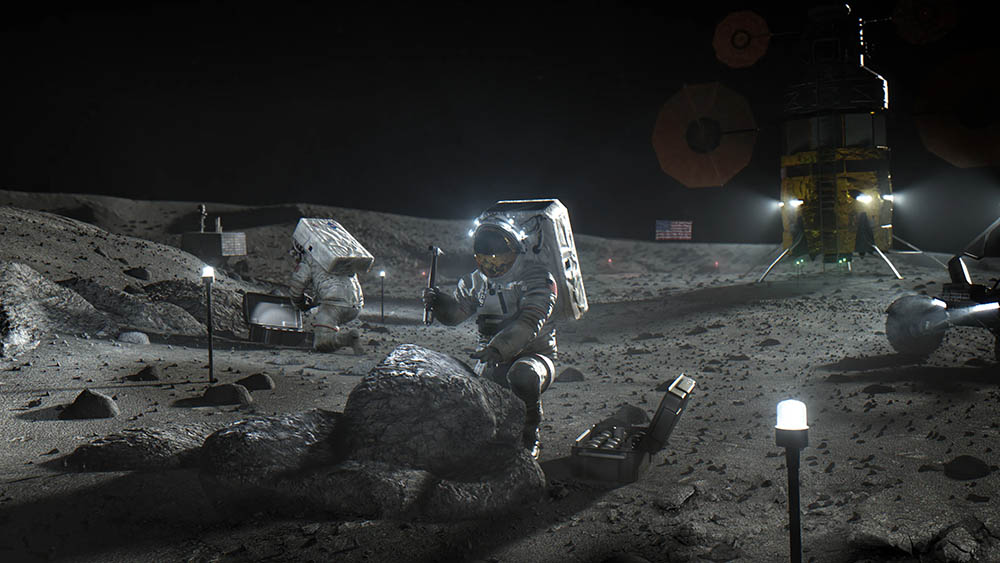
A NASA artist's illustration of Artemis astronauts working on the moon. Credit: NASA
Calls to Action

Join the Celebration
For 150 years, we’ve been breaking new ground—now, let’s celebrate it. Join us for gatherings, lectures, and special events that honor our legacy and look ahead. Details on future events are coming soon.
Learn more
Hopkins Retrospective
Hopkins Retrospective is an initiative designed to expand our understanding of the diverse history of Hopkins and weave that history into the university experience.
Learn more